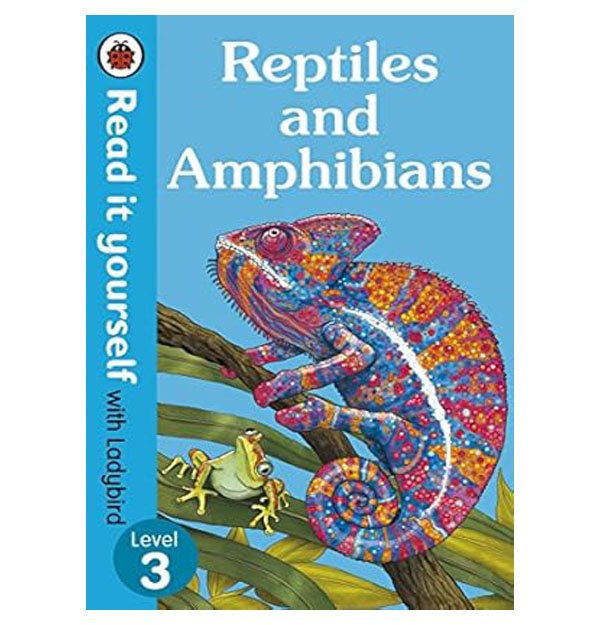No products in the cart.
Reptiles and Amphibians
Reptiles and amphibians are fascinating creatures that play an important role in our ecosystem. While they might seem similar at first, there are several differences that make them unique. Reptiles are cold-blooded animals with dry, scaly skin, including snakes, lizards, turtles, and crocodiles. They lay eggs with tough, leathery shells, which helps protect them, especially in warm environments. Reptiles have adapted well to their surroundings. For example, many lizards can change color to blend in with their environment, and snakes have developed a unique way of moving without legs, allowing them to slither through different terrains.
Amphibians are also cold-blooded but have smooth, moist skin. Frogs, toads, salamanders, and newts belong to this group. What makes amphibians so interesting is their life cycle. They start as tadpoles in water and then transform into adults capable of living on land through a process called metamorphosis. Amphibians need water or damp environments to survive, which is why you often find them near ponds, streams, or forests. Their thin skin allows them to breathe through it, which is something reptiles can’t do.
One of the main differences between reptiles and amphibians is how they live. Reptiles are born fully adapted to life on land, while amphibians start life in water before moving to land. This difference in their life cycles makes both groups unique and exciting to study. Reptiles and amphibians are crucial to maintaining balance in their ecosystems. They help control insect populations, and many, like frogs and lizards, are an essential food source for larger animals. Unfortunately, habitat loss and climate change threaten many of these species, making it crucial to learn about them and protect their environments.
Learning about reptiles and amphibians can be a fun and educational experience. They have many unique characteristics that make them special. Reptiles are known for their scaly skin and ability to adapt to various environments, while amphibians have an amazing life cycle that takes them from water to land. Both groups show how diverse and adaptable nature can be.
In conclusion, “Reptiles and Amphibians” is a fantastic topic that offers insight into the natural world. It’s fascinating to explore how they live, grow, and contribute to the environment. This content provides an engaging look at these incredible creatures, making it perfect for young readers eager to learn more about the animal kingdom.


Reviews
There are no reviews yet